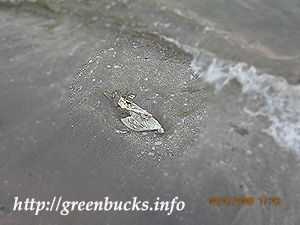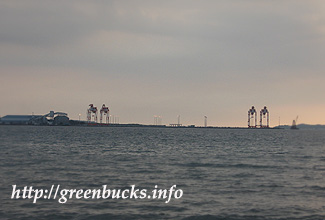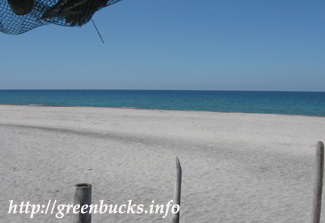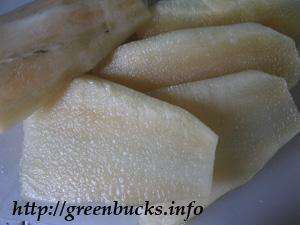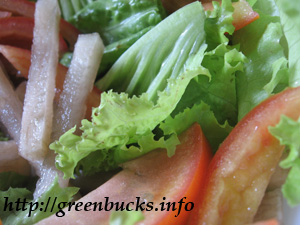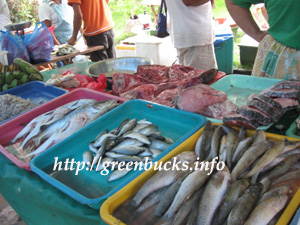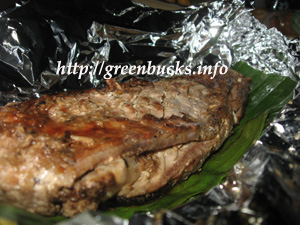The 8th State of the Nation Address by President Gloria Arroyo was both a look at the past and the future. PGMA compared the goals she has set in 2001 to the goals she has set for 2008.
This is my reaction to your 8th SONA, PGMA:
Complex times, you say, I agree with you. not only complex but compelling and challenging. These complex times could either bring out the worst in us, or the best in us.
We need to build bridges and allies, yes, I agree with you. But we need to choose too, the bridges and alliances we want to do business with.
The figures you gave were impressive. But one thing stuck in my mind. Arthur Yap said in an interview before your SONA that almost one million hectares of farmlands were irrigated. You said in your speech that its 1.5 million hectares. So what is the real figure here?
The money earned by that father from Donsol increased from PhP100/day to PhP1,000/day ever since he got himself involved in the whale shark/dolphin watching industry. Is this a daily earning? Isn’t it that whale watching only happen from June to November? What happens to his earnings during the other months?
The different goals you have set are quite agreeable with me because in a sense, my husband and I try to inculcate these values to our children:
- self-sufficiency ( I always tell my children to rely on themselves than ask for help from others, because they themselves would be able to help themselves.)
- self-reliance (Same thoughts as in self-reliance)
- less dependency on energy (We still depend on energy but we utilize ways to conserve energy.)
- sacrifices (We have done a lot of sacrifices already. These in fact can’t be quantified as sacrifices but necessary steps for survival.)
- strategy (We think of ways to be self-reliant, self-sufficient and think of ways to conserve whatever resources we have, in order for our family to survive.)
- special care for the great hour of need (We try to do these too, for during these times of needs, of difficult times, we are vulnerable to do things that we might regret later on)
- Leadership which means doing what is necessary however hard. (In the Parenting Seminar I attended last Friday, leadership should happen when the children are aged 2 – 7 years old. We try to be leaders to our children, even as my husband and I commit mistakes, we acknowledge these in front of the children, so they too, should be vigilant in observing how our parenting skills or lack of it, work for them, without them taking advantage of our mistakes.)
- Responsible parenthood. (This is difficult to do because we tend to commit mistakes but we readily accept these. We work hard for the children)
You acknowledged the farmers, the fisherfolk, the jeepney driver, the teachers and the workers given technical skills to prove their capabilities.
You talked about renewable and alternative energy sources, giving lands to the farmers and developing the irrigation system to yield more crops. The population control should be given concrete steps as to how these should be controlled because I believe, that population, specifically our ballooning population contributes much to the difficulties we are experiencing as a nation.
These are good promises for we await for these things to happen, not for the good of everyone in the now, but for the good of our children’s children.
And now the waiting begins.
But as we wait for tangible results, we start doing what we think is best for our family, work even harder, for no matter how sweet these promises seem, it is still up to us to do what is necessary, for we try to be self-reliant and self-sufficient.



